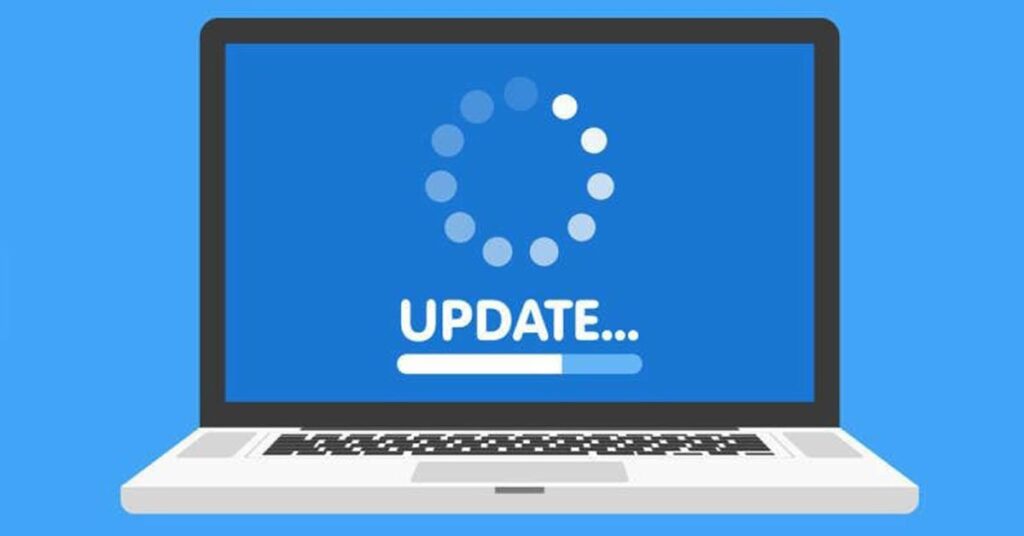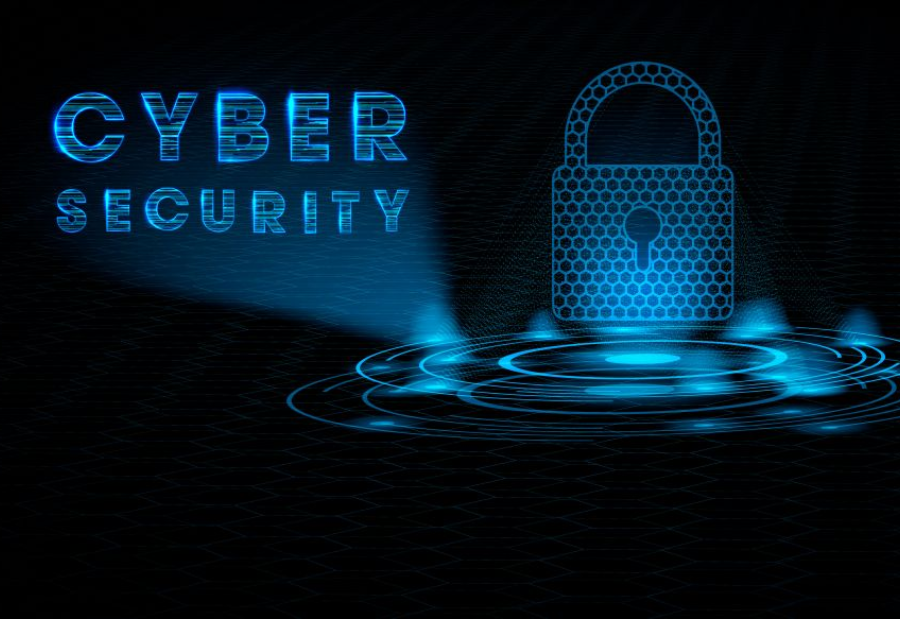In the modern business world, the integration of digital marketing strategies is no longer a luxury but an imperative. As organizations venture deeper into the digital realm to connect with their target audiences, the underbelly of cybersecurity threats becomes increasingly exposed. A single breach or mishap can derail months of marketing efforts, tarnish brand reputations, and expose vast amounts of sensitive data. More so, with the interconnectivity of the digital age, a threat can originate from any corner of the globe, making vigilance and proactive measures essential. It’s a dynamic dance — while marketers seek innovative ways to engage with consumers, they must also be ever-watchful for the lurking threats in the shadows. Balancing the push for visibility with the pull of security has become the tightrope that every digital marketer must skillfully tread upon. This article delves into actionable tips that can bolster the cybersecurity framework of your digital marketing campaign, ensuring that your outreach efforts don’t inadvertently become the gateway for cyber threats.
1. Educate Your Team

Source: liveabout.com
A well-informed team is your first line of defense against cyber threats. Investing in regular training ensures that each team member understands potential risks and how to mitigate them. Beyond the common phishing schemes, there are countless evolving threats like spear-phishing, man-in-the-middle attacks, and zero-day exploits. An educated team can discern suspicious activities, thereby preventing breaches that could compromise your campaign’s integrity. Ensure that your sessions are updated engaging, and provide practical steps for members to apply in their daily tasks.
Attending a bootcamp to learn cyber security is an efficient way to quickly gain hands-on experience and deep knowledge, equipping individuals with the tools needed to safeguard digital assets in an ever-evolving threat landscape. It not only helps your team become aware of the latest developments but also offers a means to protect your company against potential security threats proactively.
2. Use Secure Platforms
The foundation of any digital marketing campaign lies in the tools and platforms you employ. From email marketing systems to customer relationship management software, ensuring their in-built security is of paramount importance. Platforms that prioritize security will often have features like encryption, regular security audits, and rapid responses to any breaches. Moreover, these platforms typically offer robust customer support, providing guidance on best security practices and assisting in times of crisis.
3. Implement Multi-Factor Authentication (MFA)
The importance of MFA in today’s digital environment can’t be overstated. This additional layer of security requires users to provide two or more verification methods. While it might initially seem cumbersome, the added security is invaluable. Hackers might crack a password, but accessing a second device or piece of information becomes exponentially more challenging. This method drastically reduces the chances of unauthorized access, safeguarding sensitive campaign data.
Implementing robust cybersecurity measures like MFA is akin to adding a high-tech lock on the campaign’s digital door. It not only ensures that the gatekeepers of sensitive information are legitimately authorized but also serves as a deterrent against potential intruders. By integrating MFA, campaigns can significantly lower the risk of data breaches and unauthorized access, ensuring that their strategies, communications, and donor information remain secure. This proactive approach to security is a testament to the campaign’s commitment to safeguarding its digital assets, building trust among team members and supporters alike.
4. Regularly Update Software

Source: loughtec.com
In the fast-paced world of software, vulnerabilities can emerge overnight. Developers often release patches to address these issues, but they only work if they’re applied. Ensuring that every piece of software, from your content management system to your analytics tool, remains updated is crucial. Regular updates not only provide new features but seal potential vulnerabilities that cybercriminals are waiting to exploit.
5. Secure Customer Data
As digital marketers, we’re stewards of a vast amount of customer data. This data, if mishandled or breached, can have severe repercussions, both legally and in terms of brand reputation. Employ encryption techniques to safeguard this data, establish strict access protocols, and continually review who can access what. Furthermore, transparently communicate to customers how their data is used and protected, fostering trust.
6. Beware of Social Engineering Scams
Digital threats aren’t always complex coding exploits. Sometimes, they’re simple manipulative tactics where hackers pose as trusted entities to trick individuals into revealing sensitive information. Regularly discuss and share examples of such scams in team meetings, cultivating an atmosphere of vigilance. Establishing protocols for verifying unsolicited requests can drastically reduce the success rate of these scams.
7. Regular Backups

Source: calibreone.com.au
Data is the lifeblood of digital marketing. Whether it’s insights from past campaigns or customer behavior analytics, losing this data can be devastating. Implement robust and regular backup protocols, storing data in multiple secure locations. Cloud storage solutions, combined with physical backups, can ensure that even in the face of ransomware or data corruption, your campaign’s momentum remains unaffected.
8. Collaborate with IT
The synergy between the marketing and IT teams is a potent combination. While marketers understand audience behavior and campaign strategy, IT professionals bring technical expertise to the table. Regular collaboration can result in a seamless fusion of effective marketing strategies fortified with robust cybersecurity measures. Regularly schedule inter-departmental meetings to discuss potential threats and solutions.
9. Monitor Campaigns in Real-Time
The digital realm is dynamic, with user behavior and cyber threats evolving continuously. Employing real-time monitoring tools provides immediate insights into your campaign’s performance and potential anomalies. These tools can detect unusual patterns, alerting teams to potential threats or breaches and allowing for swift interventions.
10. Stay Informed

Source: linkedin.com
The world of cybersecurity is in a state of perpetual evolution. As digital marketers, dedicating time to stay abreast of the latest threats and countermeasures is essential. Regularly subscribing to industry-leading cybersecurity blogs, attending seminars, and participating in webinars can offer insights into current best practices and emerging threats.
Conclusion:
In the digital age, where marketing campaigns can reach millions within seconds, the importance of safeguarding these endeavors from cyber threats has never been more critical. As technology evolves, so does the sophistication of cyberattacks. It’s not just about achieving marketing milestones anymore; it’s also about doing so with a vigilant eye on potential vulnerabilities. By integrating the strategies above, businesses can not only expand their reach effectively but also do so with the confidence that their efforts are well-protected. Ultimately, the synergy of a well-executed digital marketing strategy combined with robust cybersecurity measures translates to sustainable growth, enhanced brand reputation, and, most importantly, the trust of your audience. As we navigate the complexities of the online world, these principles serve as the lighthouse guiding businesses toward secure and impactful digital engagements.



